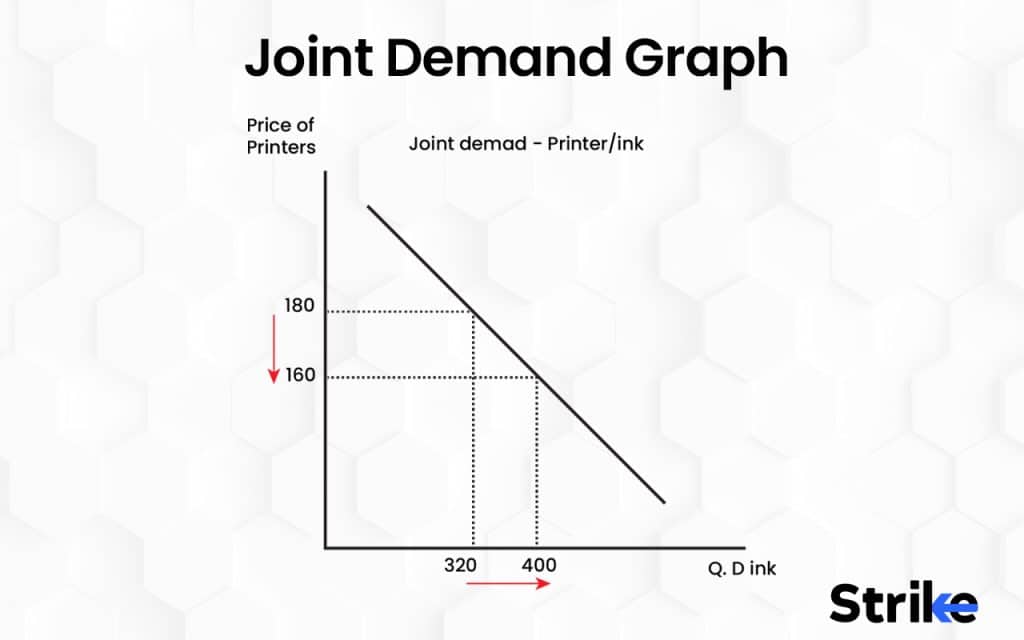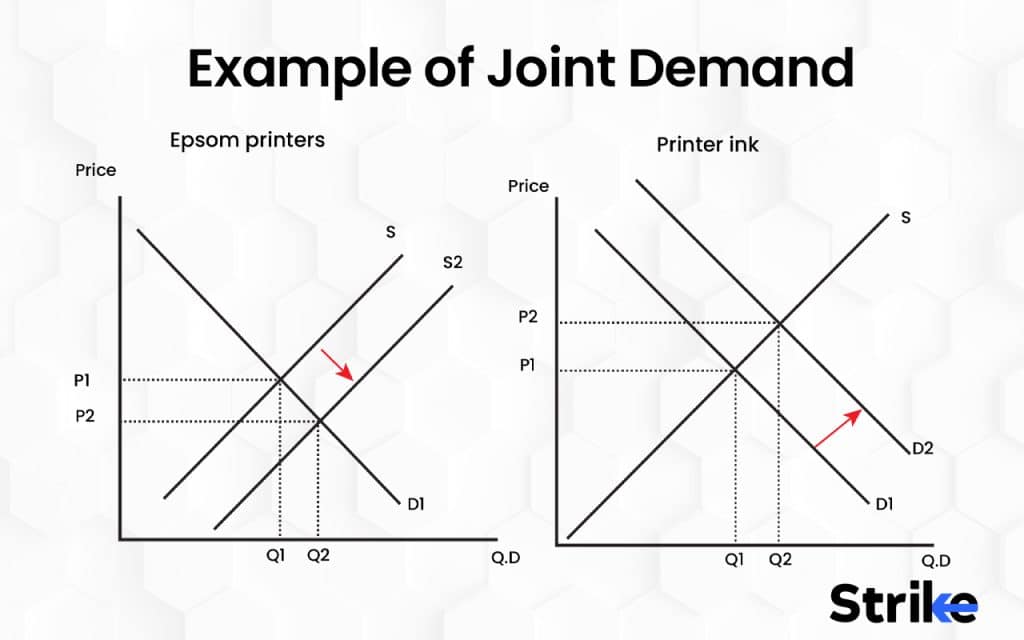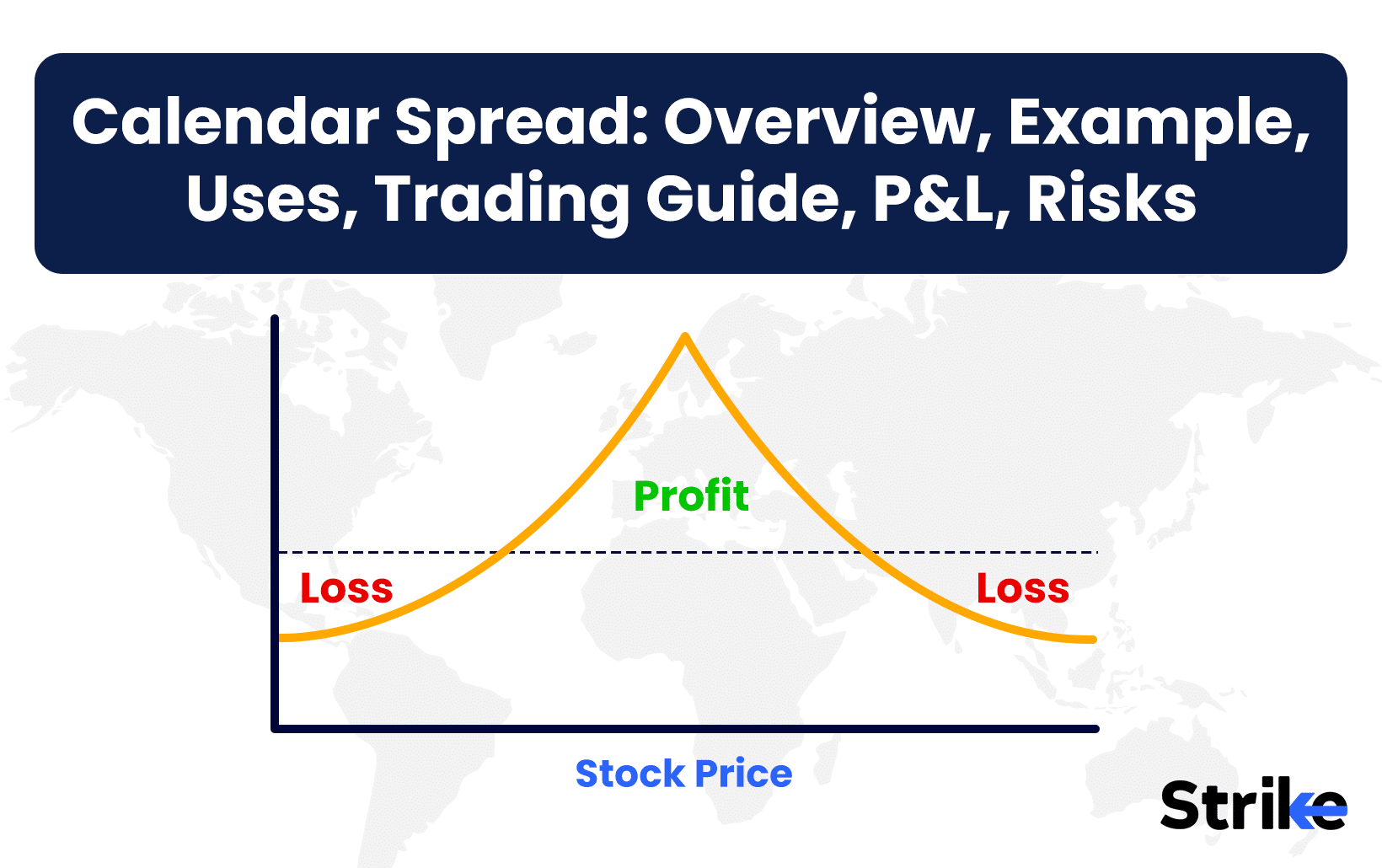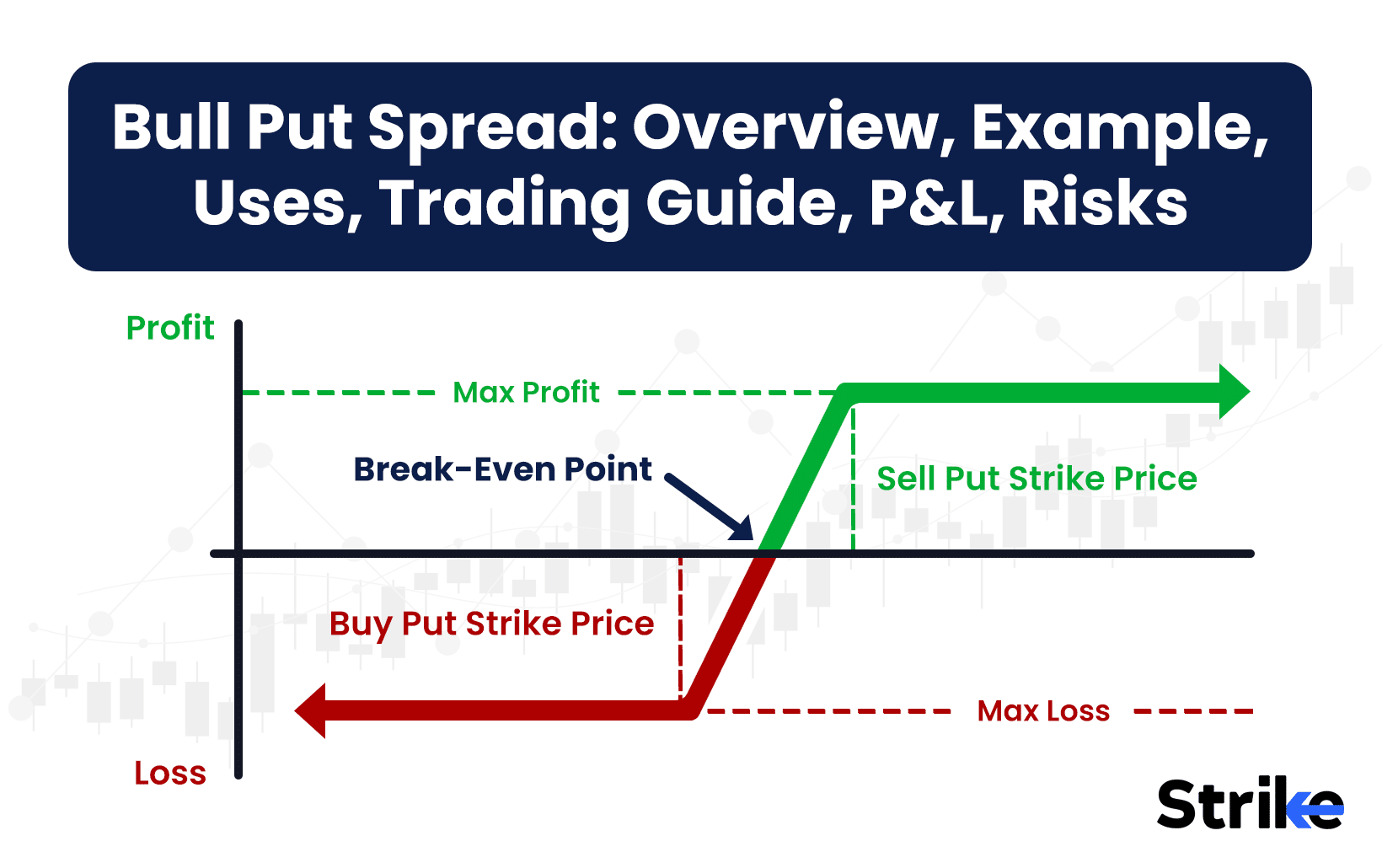Joint demand refers to two or more goods or services being consumed together to meet one specific need or desire. Joint demand goods and services are interdependent. Fuel demand and car demand are closely interdependent – for instance, increased car demand will lead to an increase in petrol demand and vice versa. Key characteristics of jointly demanded goods are that they serve to satisfy specific needs together, for instance pens and ink or tea and sugar, for which price elasticities tend to be positive.
Income elasticity applies similarly for jointly demanded goods. When petrol prices increase, demand for cars decreases accordingly, vice versa. Income elasticity applies similarly for jointly desired goods that share similar economic cycles. Since both goods provide the same need, their respective demand rises or declines in tandem with income. They also have complementary demand curves; when the price of one good changes, its demand curve also shifts in tandem.
Example of joint demand would be when petrol prices increase and shift leftward. People use less petrol by driving less or switching to more fuel-efficient cars; as a result, car demand decreases while petrol demands increase as automobile prices decline; this causes both demands to move in the same direction and are jointly determined.
What is Joint Demand?
Joint demand is said to exist when the demand for two or more goods depends on one one-another. The demand for one good is closely linked with the demand for another.
For example, when one consumer buys a TV set, the necessity for a cable connection or Dish connection is also required. Here TV set and Dish /cable connection complement each other. Hence these are complementary goods. Joint demand is therefore also called Complementary demand.

Joint demand works as a set. A consumer buys a printer and ink cartridge together. The seller sells the printer and cartridge as a set. A car seller sells a car with fuel in it. Without fuel, the car has no use for the consumer. When a consumer buys a pound of bread, the consumer also buys butter or some other complementary food item to consume the bread. These products work as sets and are complementary. It signifies that the market demand for each of these sets of products supports the demand for the other. Demand for these products also overlaps at some points.
Joint demand shows negative cross elasticity of demand. Let us consider two complementary goods A and B that shows joint demand. The price of A increases means the demand for B increases. The demand for fuel-driven cars will decrease automatically if the price of fuel increases sharply. Thus these two products show negative cross-elasticity of demand.
The Graph above shows the inverse relation of price and demand for two products, The demand curve has a downward slope. The demand for product B reduces If the price of product A rises. Alternatively, when the price of A reduces, the graph shows that the demand curve goes towards the higher extremes of the graph for product B.
What is the other term for joint demand?
The other term for Joint Demand is Complementary demand. The name Complementary Demand arises from the fact that the demand is for a set of complementary goods. For a complementary set of goods, the sale of one product directly influences the sale of the complementary good.
Complimentary good is a set of goods whose demand is interdependent. For example, take a printer and ink cartridge. These products are sold together to satisfy the consumer’s demand. But these are also sold separately to fulfil consumers’ demands. When they are sold together, the market demand for one product resembles the demand for the other.
What is the importance of joint demand?
Joint demand is an integral concept in economics, providing insights into consumer behavior and market dynamics. Its significance is understood from below angles.
- Decision-Making on Pricing Strategies
Understanding joint demand allows businesses to make smart pricing decisions for related products. Two goods are co-demanded, and price changes in one may alter demand for both. Thus, businesses must carefully consider pricing of their products and any possible effects on complementary goods; for instance an automobile manufacturer could offer discounts or incentives when fuel prices increase in order to maintain demand for its vehicles.
2. Investment Decisions across Market Segments
Joint demand help investors and businesses make informed investment decisions across various market segments. Crude oil demand and US Dollar value tend to go hand in hand since oil is typically priced in dollars. By understanding this relationship, investors make informed choices when investing in the energy sector or currency markets. Businesses utilize this knowledge to anticipate market trends and adjust strategies accordingly by diversifying product offerings or investing in alternative energy sources when oil prices increase – as an example.
3. Hedging and Risk Management
Joint demand also serve as a risk management tool by enabling businesses to use it as a strategy of hedging one product against another complementary one. Hedging involves taking positions in related securities in order to offset potential losses in another investment – for instance, an airline company could hedge against fluctuations in fuel costs by purchasing fuel-efficient aircraft or entering into long-term fuel contracts at fixed prices, protecting itself from negative effects of rising prices while keeping competitive edges in its market place.
4. Benefits to Customers
Joint demand bring customers considerable benefits. Bundling or offering discounts when both products are jointly demanded often leads to cost savings and convenience for consumers; for instance, computer manufacturers might bundle computers with pre-installed software at a reduced price than buying them separately. Furthermore, joint demand often prompts product innovation that meets changing consumer needs or preferences and ultimately benefits the end user.
5. Ensuring economic development and stability
Joint demand contribute to economic growth and stability by creating interdependence among industries and sectors. Demand for one product impacts that of another, and businesses become more interdependent – helping stabilize markets by offsetting fluctuations in one sector by growth elsewhere. Furthermore, this interdependence encourages collaboration and cooperation among businesses resulting in higher innovation and productivity levels.
6. Influencing government policies and regulations
Joint demand play an influential role in shaping government policies and regulations. Understanding the dynamics between jointly demanded goods assist policymakers in formulating policies to foster economic growth, protect consumers, address environmental concerns, or support cleaner transportation alternatives – such as fuel efficiency standards or subsidies for electric vehicles – to reduce dependence on fossil fuels while encouraging cleaner transportation options – using joint demand to reach wider societal goals.
Joint Demand’s importance spans multiple areas of economics, business and society. By understanding the relationships among jointly demanded goods, businesses, investors, policymakers make more informed decisions, manage risks more efficiently, promote innovation and contribute to overall economic growth and wellbeing.
With an increasingly globalized economy becoming ever more complex and interdependent, joint Demand will only become more significant, necessitating an even deeper comprehension of its implications and benefits.
What is the function of joint demand?
Joint demand performs several important functions in economics and business. It allows companies to make strategic pricing decisions based on the relationship between complementary goods. Two products are co-demanded means a price change in one will often affect the demand for the other. An eyewear company may lower the price of frames when the cost of lenses increases in order to maintain overall demand for spectacles, for instance.
Joint demand facilitates investment decisions across related market segments. Understanding the link between crude oil prices and the U.S. dollar, for example, helps investors make informed choices when investing in energy or currency markets. Companies anticipate trends and diversify their product offerings accordingly. For instance, airlines may invest in fuel-efficient aircraft or lock into long-term fuel contracts to hedge against rising costs.
Joint demand enables risk management through hedging. Companies take positions in complementary products to offset potential losses in another. An airline purchase fuel at fixed prices or invest in energy-efficient planes to protect against fluctuating fuel costs, for example.
Joint demand benefits customers through cost savings and convenience. Bundling complementary goods, like computers and software, at a lower combined price offers value to consumers. It also spurs product innovation tailored to changing consumer needs.
Joint demand contributes to economic growth and stability by creating interdependence between industries and sectors. Demand for one product impacts another, helping to stabilize markets. Collaboration between interdependent companies also fuels innovation and productivity.
Joint demand shapes government policy and regulation. Understanding the relationship between goods assists policymakers in crafting regulations to support economic growth, protect consumers, address environmental issues or encourage new technologies like electric vehicles. Regulations may aim to reduce dependence on fossil fuels, for instance, by promoting alternative energy options.
How does joint demand work?
Joint demand works differently for different goods. Joint demand is straightforward, for complementary goods like fuel and vehicles. The price of one good rises result in demand for the other falls due to higher costs or reduced utility. Higher fuel prices mean lower demand for vehicles as driving becomes more expensive. The opposite also holds true: lower vehicle prices increase the demand for fuel. This demonstrates the negative cross-elasticity of demand between complementary products.
Let us now take the example of finished products like houses that require many complementary inputs. Joint demand is more complex in this case. Multiple goods – cement, sand, steel, labor, etc. – are jointly demanded to produce the final product. The relationship between the prices and demand for each input is interdependent. The cost of cement rises, for example, it may reduce demand for the other inputs as well as the final house. The impact depends on the relative importance and cost share of each input.
One product may have few good substitutes, in some cases, like skilled labor, giving it more influence over the joint demand for other inputs and the final output. A shortage of masons, for instance, could constrain new home construction even if the costs of other inputs remain stable. The masons demonstrate inelastic demand relative to the other jointly demanded products.
For products that are used together or separately like glasses and contact lenses, joint demand is more variable. Prices or other factors favor one product over the other means the demand will shift accordingly. Consumers choose glasses, contacts or both depending on their relative costs and benefits at a given time. The ability to substitute one product for another moderates the interdependence of their demand.
In all these examples, the relationship between jointly demanded goods depends on several factors: the degree of complementarity or substitutability between the products; their relative importance or cost share as inputs; the availability of alternatives; and the price elasticity of demand for each product.
The interplay between these factors determines how joint demand operates for different sets of goods and in various circumstances. While joint demand always links the demand for complementary products, the nature and strength of that link vary significantly based on the attributes of the goods and the choices available to consumers.
What is a good joint demand?
Joint demand occurs when two or more goods are jointly demanded to serve a purpose. It is complementary demand when the demanded goods complement each other.
Let’s find the following examples.
Some good examples of joint demand include:
• Printers and ink cartridges: Printers require ink cartridges to function, so demand printers depends on the availability and cost of compatible cartridges. Without ink, there is no demand for printers.
• Computers and operating systems: Computers need an OS to operate, so consumers must purchase them together. Demand for computers depends on the options and prices of OS, and vice versa.
• Cars and fuel: The demand for vehicles relies on the cost and availability of fuel to power them. As fuel prices rise or fall, car demand will decrease or increase accordingly.
• Houses and building materials: The demand for new homes depends on the costs of materials like lumber, cement, steel, etc. used in their construction. Shortages or price spikes in key materials can constrain new home building.
• Airline travel and jet fuel: The demand for air travel depends heavily on the cost of jet fuel to operate flights. Airfare prices increase when fuel costs rise, reducing consumer demand for trips.
• Hotels and tourism activities: The demand for hotels depends on the overall level of tourism and recreational activities in a destination. More tourism spurs greater demand for accommodation, while fewer attractions or entertainment options dampen demand for hotels.
• Healthcare and medical supplies: Demand for healthcare services relies on the availability and costs of essential medical supplies, equipment and drugs. Shortages in critical resources can hamper the provision of healthcare.
• Electric vehicles and lithium-ion batteries: Demand for electric and hybrid vehicles depends on the cost, availability and capacity of advanced lithium-ion batteries to power them. Improvements in battery technology drive the adoption of electric powertrains.
The demand for one product depends directly on a complementary product or resource in each example. Their prices and availability are inherently linked, demonstrating the interdependence that characterizes joint demand. Changes in the supply or demand for one product will inevitably impact the other.
What does higher joint demand mean?
Higher joint demand refers to when two or more goods or services are demanded together by consumers, meaning one good or service’s demand is dependent upon or linked with that of another good or service. This often occurs when they serve to fulfill an individual need or desire simultaneously.
Coffee and coffee mugs demonstrate high joint demand. When more coffee is consumed, so too is demand for coffee mugs; similarly if coffee price decreases then their combined demand will also increase; in reverse if coffee mug price decreases then coffee and mug demand will both increase simultaneously; the rise and fall in these goods goes hand in hand. Below are some other examples.
Ham and Eggs – As more ham is consumed, more eggs are requested; vice versa.
Computer Hardware and Software – As more computers are purchased, demand for operating systems and other software increases accordingly. A decrease in price could drive further sales of both computers and software products.
Cars and gasoline – When demand for cars rises due to lower prices or rising incomes, gasoline demand follows suit, creating an indivisible link between them both.
Burgers and French Fries – More burgers are sold, means more french fries are in demand as a result and vice versa; their demand is interdependent.
What does lower joint demand mean?
Lower joint demand occurs when two goods are not highly dependent on each other and consumers have alternative options to choose from. The demand for one good is not strongly linked to the demand for the other good. Their cross elasticity of demand hovers around zero, indicating a weak relationship.
Consumers are likely to switch to cheaper substitutes rather than continue buying both goods if the price of one good rises. For instance, tea and coffee exhibit lower joint demand. They are two popular hot beverages but are not complements, as people can choose to drink either tea or coffee based on their preferences and prices.
A hike in tea prices may prompt some consumers to drink more coffee instead of buying expensive tea. However, the demand shift will be relatively inelastic because many consumers would continue to purchase and consume their preferred beverage despite the price change.
Goods like pens and ink cartridges have higher joint demand because they are complements and rely on each other. People are unlikely to stop using ink cartridges and switch entirely to pencils if pen prices go up.. They will likely buy fewer pens but still need ink cartridges to use with their existing pens. The demand for both pens and cartridges will decrease together due to their strong interdependence.
The more substitutes available for a set of goods, the lower their joint demand. Complements typically have higher joint demand as they satisfy needs that alternative goods cannot fulfil on their own. Pricing and promotions strategies also play a role. Bundling complements together or offering discounts and deals that span multiple goods can boost their joint demand. On the other hand, promoting a product by touting alternatives or substitutes could weaken joint demand between goods.
Lower joint demand indicates a looser relationship, but it does not mean the goods are entirely independent or unrelated. They still occupy the same product space and target similar consumer needs, so their demand is linked to some extent. But consumers have more flexibility and choice in how they allocate their budgets across the goods based on preferences and values. Firms may need to work harder through marketing and sales strategies to drive demand for goods with lower joint demand and tighten their interdependence.
Raising joint demand between goods often translates to increased sales and profits. So, understanding the factors that shape the joint demand for products and services is important for companies and marketers. By bundling with complements, highlighting product interdependence, and limiting substitute options, firms can strengthen joint demand and benefit from the multiplier effect on sales. But weaker joint demand means consumers are not locked in, so value pricing and innovation are needed to remain competitive.
How to Calculate Joint Demand?
It is first necessary to distinguish whether they are complements or substitutes to calculate joint demand between two goods. Complement goods refer to items consumed together such as pens and ink or burgers and fries whose demand depends upon each other; while substitute goods (Coke and Pepsi for instance) satisfy consumer needs without depending on each other in any direct way; their combined demand differing negatively in accordance with each other.
Joint Demand = Demand for Good 1 + Demand for Good 2.
Assuming demand for pens totalling 100 units and ink cartridges totalling 200 units, their combined demand would total 300 units, with each pen sold typically resulting in the sale of an estimated two ink cartridges.
Calculating joint demand for substitute goods:
Joint Demand = Demand for Product I minus Demand for Product II
Assuming demand for Coke equals 500 cans and 300 for Pepsi, the joint demand would be 200 cans; each time Coke sold means two less Pepsis purchased.
What are the factors that affect joint demand?
Consumers demand them together and this is known as joint demand for certain goods in a market. Joint demand occurs when two or more goods are demanded together to satisfy a particular need or want. For joint demand to exist between goods, there are several factors that must be present. There should be no close substitutes for the goods. The goods should complement each other. Complementary goods are those that are used together to produce a certain benefit or output.
For joint demand, the complementary relationship should be strong where the usage of one good essentially necessitates the usage of the other good. The goods have a weak complementary relationship or are not complementary at all means joint demand cannot exist between them. A negative cross elasticity of demand should exist between the jointly demanded goods. This means that when the price of one good rises, the demand for the other good will fall and vice versa.
The demand for the goods move in the same direction in response to price changes and they likely do not have a strong complementary relationship and will not experience joint demand. Influences like price, income, preferences and expectations can also affect the joint demand between goods. The price of one good rises significantly means it weakens the joint demand as consumers find one good too expensive even if used together.
An increase in income can strengthen joint demand as consumers have more money to spend on complementary goods. Changes in tastes and preferences as well as future expectations about prices or availability of the goods can also impact their joint demand.
What is an example of joint demand?
Cars and petrol are in joint demand. It is an ideal example of joint demand.

Negative cross elasticity of demand exists between cars and petrol. The above diagram shows the relationship between price and demand. Demand for cars decreases and the demand for petrol decreases too if the Price of cars increases. Therefore a negative cross-elasticity of demand occurs. Cars and petrol/ fuel are closely interlinked creating a set of complementary goods. Their close interlink in demand creates a high negative cross-elasticity of demand.
Ars and petrol also have individual demand. But their demand overlaps because they create joint demand too.
How does joint demand affect the economy?
Joint demand has significant impacts on the economy. The demand for one good rises due to a fall in its price or other factors, and it leads to an increase in demand for its complementary goods as well. This boosts the sales and production of multiple goods and services in the economy. A decline in demand for one good reduces demand for its complements, thereby negatively impacting various industries and the overall economy.
Joint demand essentially creates a ripple effect that spreads through various sectors. It connects the fortunes of many products and industries. This interdependence means that the economy is more susceptible to boom-bust cycles. Changes in factors like income, tastes and preferences as well as prices fluctuate demand for certain key goods which then impact their complements. This makes the economy more prone to periods of rapid growth as well as instability.
Sectors like energy and transportation are highly dependent on joint demand relationships. The demand for vehicles fuels the demand for vehicles, roads, auto parts and many related industries. The demand for electricity impacts the coal, oil and natural gas industries. Changes in these sectors, whether positive or negative, have huge spillover effects on the broader economy due to these joint demand linkages.
Global trade flows and the economic health of nations are also closely tied to joint demand. Countries that produce crude oil, coal and other globally traded commodities that exhibit strong joint demand with other goods and services, see their economic fortunes rise and fall with changes in global demand for these products. Joint demand transcends national borders and connects the economic activity of both producing and consuming countries across the world.
Joint demand and the complementary relationships between goods and services are a key driver of the overall economy. They generate a multiplier effect that influences output, employment, trade flows, government revenue and economic growth. Joint demand should thus be an important consideration in government policies and business decision-making. Failing to account for these linkages lead to unintended consequences in the economy.
How does joint demand affect the stock market?
A change in demand for one product leads to a corresponding change in demand for the other. This interdependent demand affects the stock market significantly.
Investors analyze the joint demand for products to identify investment opportunities and make informed decisions. They study how the demand for one product influences the other and impacts their prices and sales. Estimating future demand trends for a product help investors project the potential demand and price of its complementary product. They invest in companies producing these products to benefit from the resultant price rise and increased revenues.
For example, coffee and coffee makers have a joint demand. An increase in coffee consumption leads to higher sales of coffee makers. Investors foresee a surge in coffee demand due to changing consumer preferences or higher incomes cacuse them to invest in coffee maker companies in anticipation of better performance. They expect coffee makers’ sales and stock prices to rise in response to strong coffee demand.
The joint demand for technology products like smartphones and apps also guides investment decisions. Investors closely track smartphone sales to estimate app demand and invest in app companies. They know smartphone users download various apps, so more smartphone usage directly translates into higher app downloads and revenues for app makers. App companies’ stock prices are closely tied to smartphone market growth.
Besides technology and consumer goods, the theory of joint demand applies to various sectors. In the energy market, oil and oil-related equipment have a joint demand. Strong oil demand increases oil production which boosts the demand for drilling equipment and services. Investors monitor oil demand projections to determine the best opportunities in oil equipment and service stocks. Oil prices themselves depend on oil demand and supply in the global market.
The interdependence of agricultural produce and related goods also influences investments. For example, ethanol has a joint demand with sugar. Ethanol is made from sugar and used as fuel. So, higher ethanol demand automatically increases the demand and price of sugar. Investors track ethanol demand forecasts to predict sugar demand and invest in sugar companies accordingly. The stock prices of sugar producers rise with expectations of higher ethanol and sugar demand.
How does joint demand affect consumers?
Joint demand between complementary goods allows consumers to benefit . Two goods are consumed together to satisfy a particular need means the demand for them is linked. The demand for the complementary good will rise if the price of one good falls. This interdependent demand helps keep the prices of such complementary goods and services in check.
Vendors often bundle complementary goods together and sell them at a lower combined price. This allows consumers to buy the bundle and enjoy using the complementary goods immediately at a lower cost. For example, a new printer is frequently sold with a starter ink cartridge. This allows the consumer to start printing right away at a lower overall cost. Printers and ink cartridges were not jointly demanded and bundled together and consumers would have to purchase them separately at likely higher total prices to meet their printing needs.
Joint demand also gives consumers more options and flexibility. When goods are bundled together, the bundles are often available at lower prices than purchasing each item individually. This gives consumers choices to select a bundle that best meets their particular needs. Some want a basic bundled package while others want a more deluxe package with additional features. Vendors are able to customize bundles at different price points to suit the maximum number of consumers.
Joint demand also spurs innovation as vendors continuously try to improve their goods and services to gain a bigger share of the customers. They make frequent upgrades and enhancements to complement existing goods. This benefits the consumers with better and more advanced products over time that make their lives easier and more productive. New and improved versions of jointly demanded goods are released causing older versions to often drop in price. This allows more budget-friendly options for consumers as well.
Joint demand ultimately creates a symbiotic relationship between complementary goods and services where they feed into each other. This vibrant and interdependent market environment driven by consumer needs stimulates growth, innovation and competitive pricing. Consumers are the ultimate winners with more choices, lower costs and better products. While consumers drive demand, vendors thrive by catering to that demand. Joint demand results in a win-win situation for both buyers and sellers in a market economy.
Is joint demand absolute value?
The absolute value of joint demand is 0 when no demand for goods exists. For example, there was a time when manual analogue printers were in high demand everywhere. A printer used to come with a printing ribbon. During those times both of those products were in joint demand. Today nobody wants to buy a manual printer. Therefore the joint demand has come to absolute zero.






 Previous Article
Previous Article






No Comments Yet